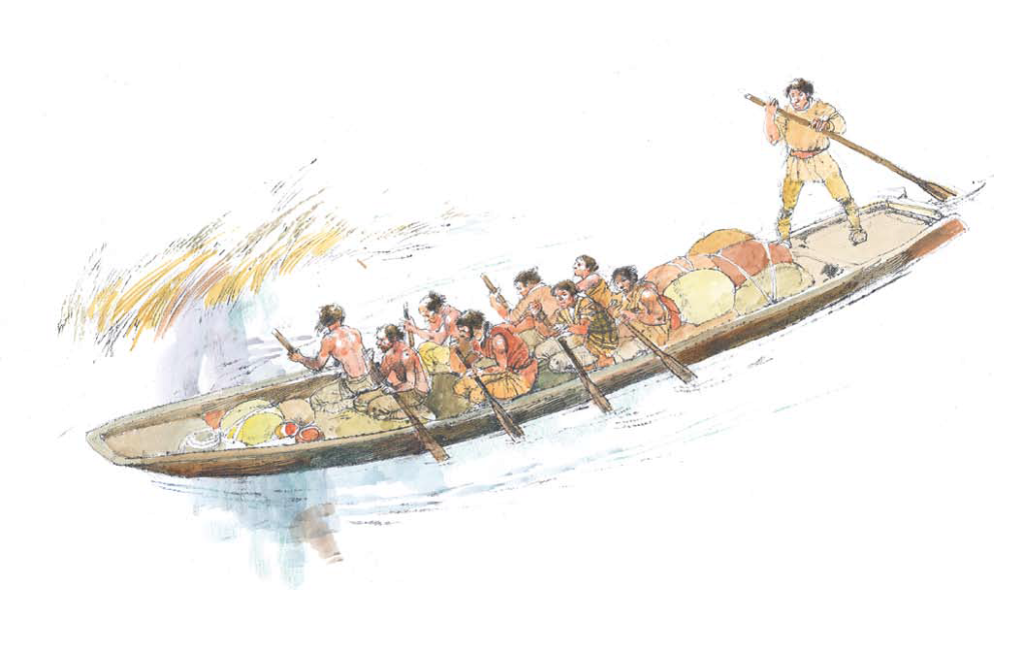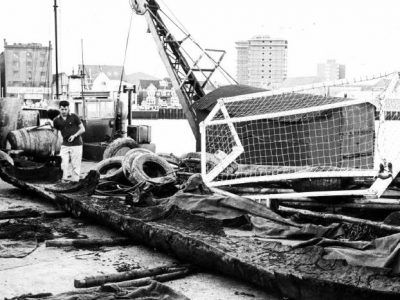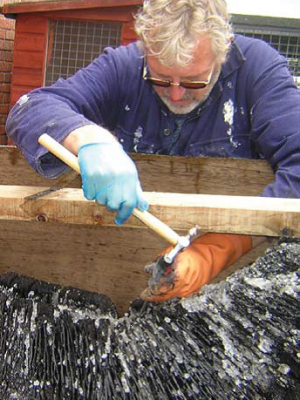Sometimes sugar isn’t all bad…
After many years of attempting to conserve the logboat without success, conservators from York Archaeological Trust came up with the idea of preserving it in sugar. It was the first large waterlogged wooden object to be preserved in this way.
The boat was soaked in over six tons of sugar solution in a form usually made into soft drinks. It was then carefully dried out in a sealed chamber. After treatment, thousands of excess sugar crystals were removed from the surface of the boat by volunteers and specialist conservators.
Ancient boat design still used today
A hollowed-out tree trunk is one of the simplest boat types. The earliest, found in Denmark, dates from about 7000BC. Logboats, also known as dugouts, are still used today in places such as Africa, North America and the Pacific Islands.




